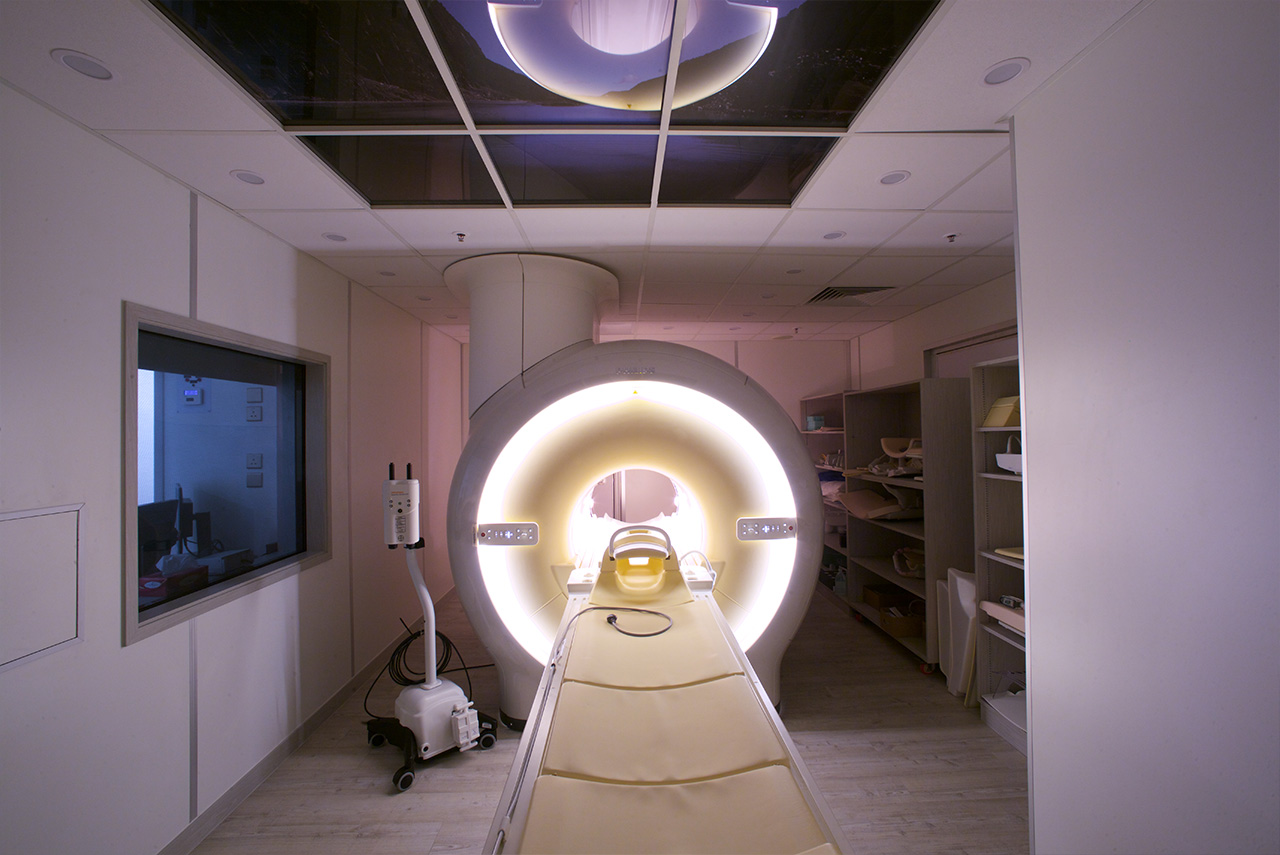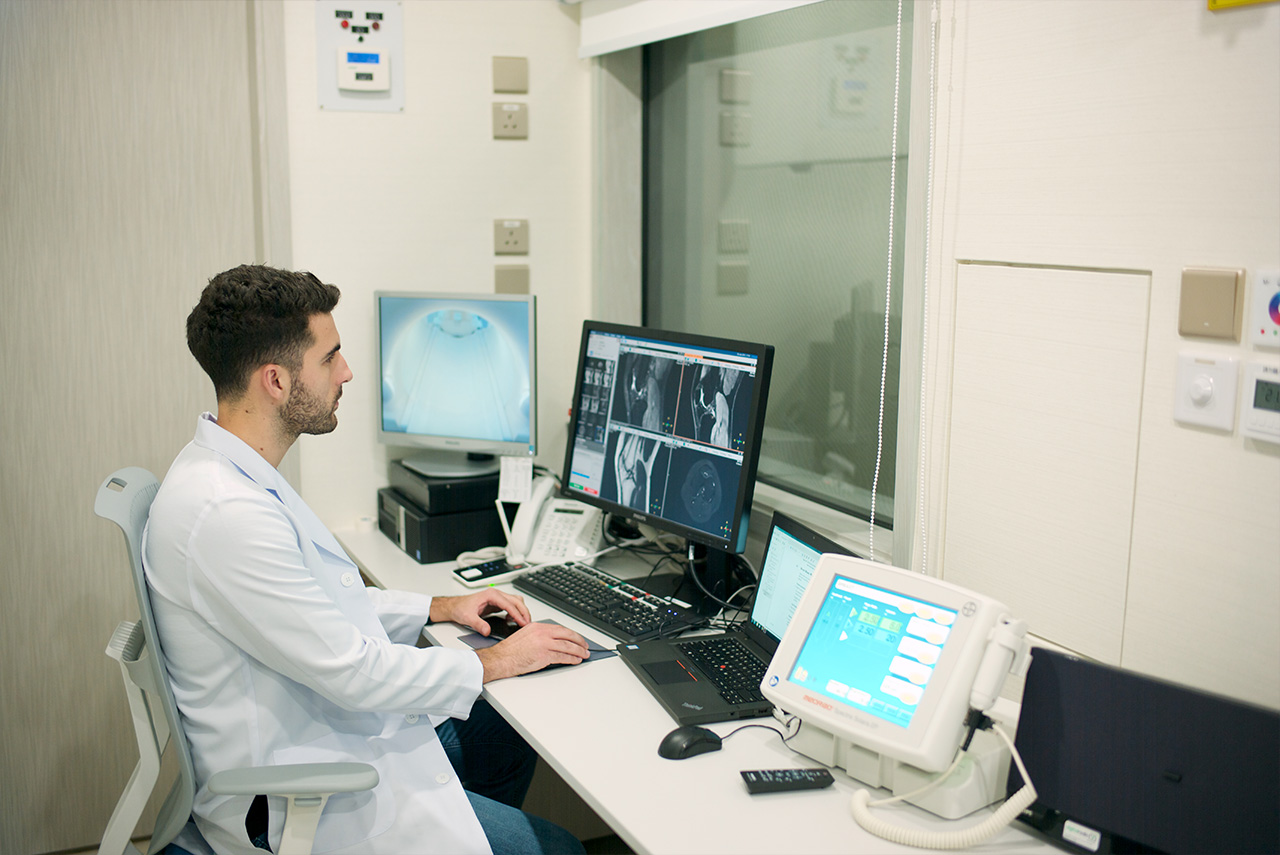Hand, Foot and Mouth Disease (HFMD)
Hand, foot, and mouth disease (HFMD) is caused mostly by enteroviruses (EV) of various types. Although children represent the majority of HFMD sufferers, the condition can affect persons of all ages. In Hong Kong, the annual peak time for HFMD is usually from May to July, but a lesser peak might also occur from October to December. Out of all EVs, Enterovirus 71 (EV71) has a higher risk of developing significant complications such as viral meningitis, encephalitis, poliomyelitis-like paralysis, and so on.

Symptoms of HFMD
The majority of HFMD patients have minimal symptoms and recover in 7 to 10 days. They will usually have a high fever, loss of appetite, weariness, and a sore throat in the beginning. Small red patches or blisters on the tongue, gums, and both sides of the cheeks may emerge inside the oral cavity after a day or two. A non-itchy rash on the palms, soles, buttocks, and genital area is also possible. The rash may be accompanied by blisters in some cases. Meanwhile, some patients may have no symptoms or may have a rash on their skin or mouth ulcers.
Causes of HFMD
Patients’ saliva, nasal or throat discharges, or contact with patients’ ruptured blisters, feces, or other contaminated objects are the primary ways of transmission for HFMD. Enteroviruses are extremely contagious, particularly during the first week after infection. The infection could possibly spread for several weeks through the faeces of the sufferers.
HFMD can strike people of any age at any moment. While adult cases of HFMD can occur, children are more susceptible than adults to develop the condition. The reason for this is that children frequently put their hands in their mouths or touch their noses or eyes directly. If the children’s hands have come into touch with the virus and have not been washed in a timely manner, they will become infected. Furthermore, because schools are hubs for social and group activities, children frequently interact with one another. As a result, their chances of being infected by viruses will increase.
Preventation of HFMD
After healing from HFMD, our bodies create antibodies against the matching enterovirus. Patients will not develop immunity against infections caused by other enteroviruses in the future since HFMD can be caused by a variety of enteroviruses.
Because there is no vaccination to prevent HFMD, persons can maintain personal and environmental hygiene by doing the following:
1. Develop good personal hygiene habits
- Hands must be washed often. Wash hands for at least 20 seconds with liquid soap or with a 70 per cent alcohol-based hand rub. Keep your hands clean at all times.
- When sneezing or coughing, use a tissue to cover your mouth and nose. After using the tissues, dispose of them in covered trash bins and wash your hands.
- Avoid sharing food or personal items with others.
- If you’re feeling ill, see a doctor and stay away from crowded areas.
2. Keep the environment clean
- Wipe and disinfect regularly touched surfaces with diluted bleach (1:99). Disinfect places infected by respiratory secretions, vomitus, or faeces with 1:49 diluted bleach.
- During HFMD outbreaks at school, stay away from group activities as much as possible.




